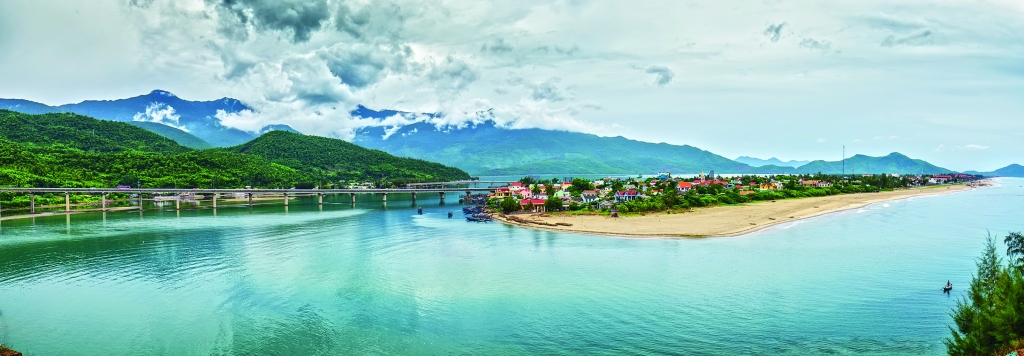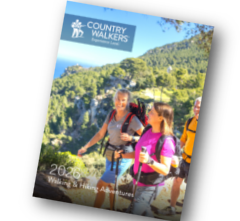Come explore the world in our distinctive Country Walkers fashion
Join us on some of the world’s most breathtaking trails. You’re just a click away from a Country Walkers Adventure that leads you to locals-only places, authentic accommodations and cuisine, and communities that welcome you like a neighbor.
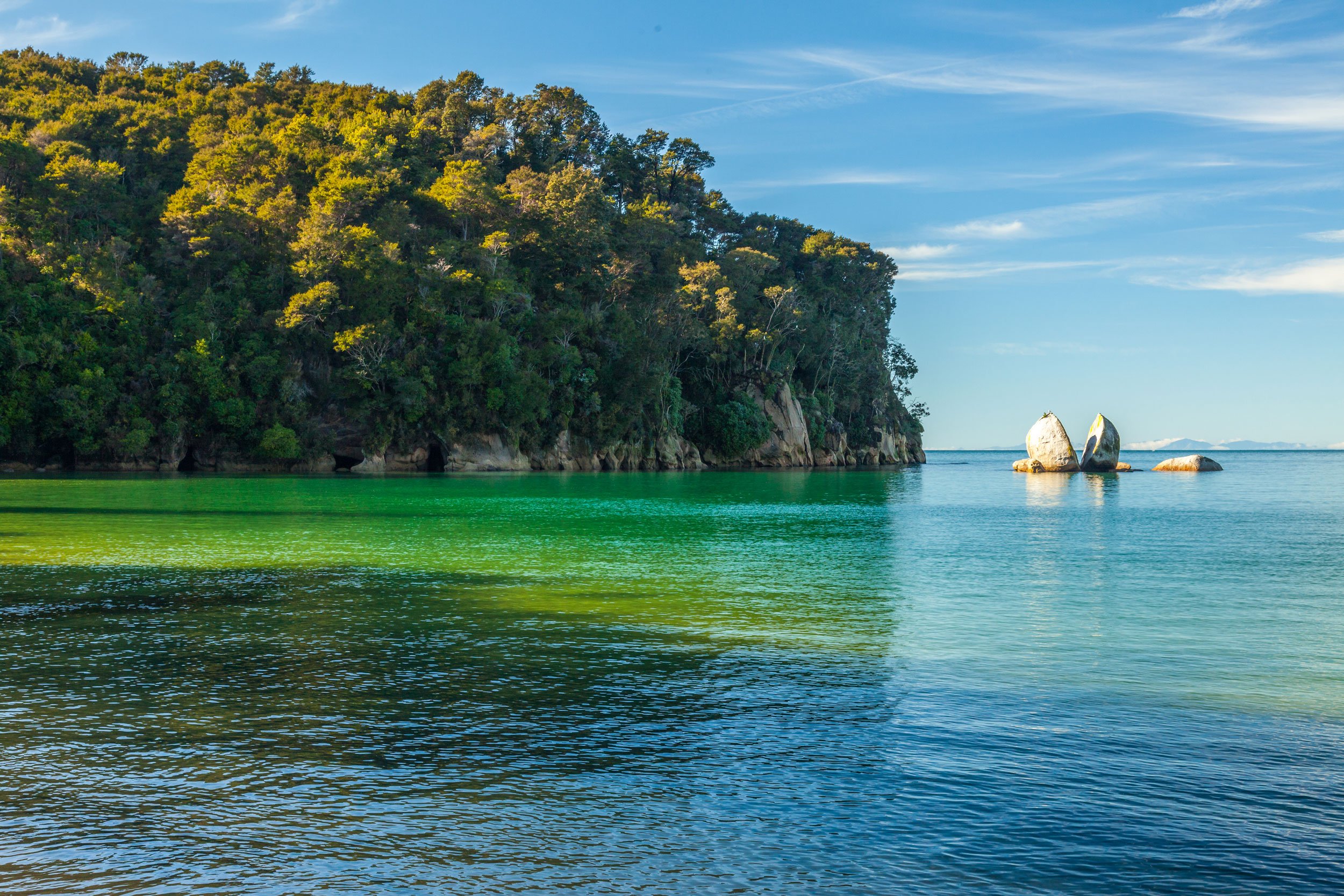
Asia & South Pacific
Visit Asia and the South Pacific to walk by mighty granite cliffs, wade in sparkling blue waters, and explore a kaleidoscope of wildlife.
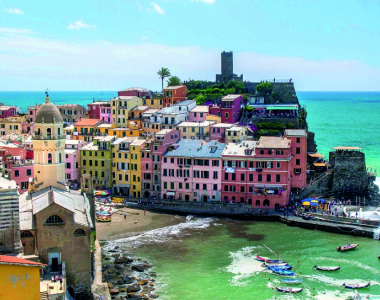
Europe
Locals have long known the secret to experiencing Europe’s gentle hills, soaring peaks, and sweeping coastlines: explore on foot.
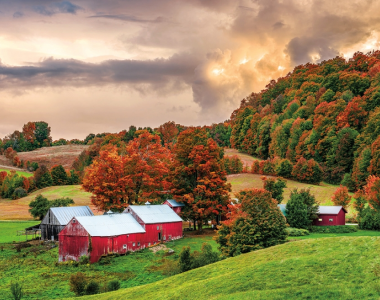
North America
Discover stunning natural beauty, fascinating history, and incredible wildlife in otherworldly places that are remarkably close to home.
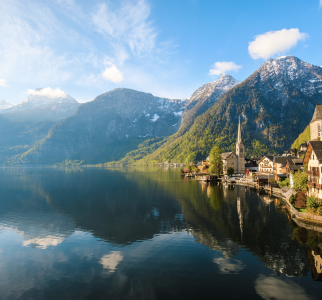
South America
The stark beauty of South America comes to light in unimaginable ways when you hike across its vast terrain, through ethereal forests and winding village streets.
Speak with a Tour Consultant
Have questions? We’re here to answer them.
Mon-Fri 8:30 a.m. to 6:30 p.m. ET
Be the First to Get News & Special Offers





